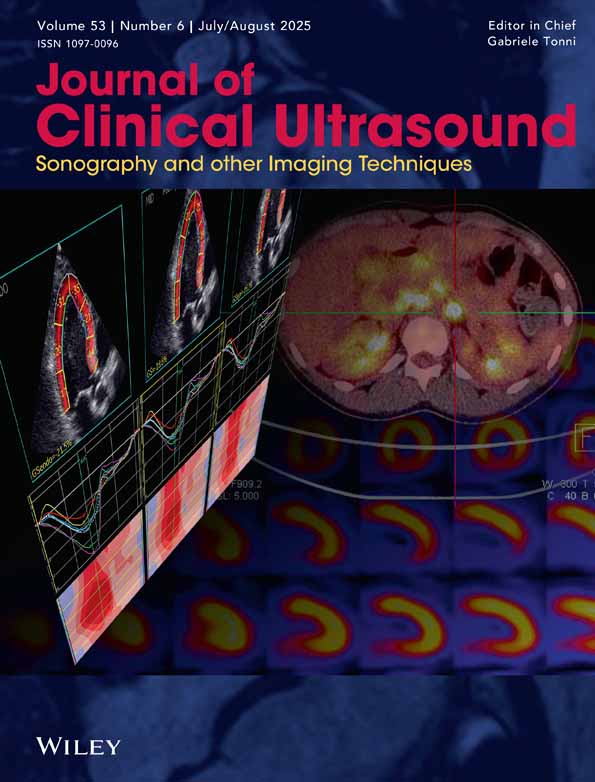Sonographic assessment of changes in thickness of different abdominal fat layers in response to diet in obese women
Abstract
Purpose
We evaluated the potential application of sonography to monitor alterations in abdominal fat thickness in obese women before and after dieting.
Methods
This study included 40 obese women (mean age, 42.2 ± 9.4 years; mean body mass index [BMI], 36.0 ± 5.9 kg/m2) who underwent a 3-month low-calorie diet. Height, weight, waist circumference (WC), and hip circumference (HC) were measured. BMI and waist-to-hip ratio (WHR) were calculated. Abdominal subcutaneous (S) and intra-abdominal preperitoneal (P) fat were measured at their maximum (max) and minimum (min) thickness sites using a 7.5-MHz linear-array probe. Intra-abdominal visceral (V) fat was measured using a 3.5-MHz convex-array probe. Measurements were taken before and after caloric restriction.
Results
The mean weight was reduced from 88.6 ± 17.1 kg to 83.0 ± 15.9 kg (p < 0.0001). The mean changes in Smin (r = 0.376, p = 0.017), Smax (r = 0.508, (p = 0.001), Pmin (r = 0.439, p = 0.005), and V (r = 0.365, p = 0.022) fat thicknesses were positively correlated with change in weight; the change in Pmax fat thickness showed the best and most significant correlation (r = 0.591, p < 0.0001). BMI (r = 0.969, p < 0.0001), WC (r = 0.510, p = 0.001), and HC (r = 0.422, p = 0.007) changes were also positively correlated with weight change, but the WHR change (r = 0.019, p > 0.05) was not.
Conclusions
All the abdominal fat layers, particularly the intra-abdominal P fat, will decrease in response to loss of body fat by dieting. Sonography seems to be useful in monitoring small variations in the thicknesses of abdominal S and intra-abdominal P and V fat. © 2002 Wiley Periodicals, Inc. J Clin Ultrasound 31:26–30, 2003




